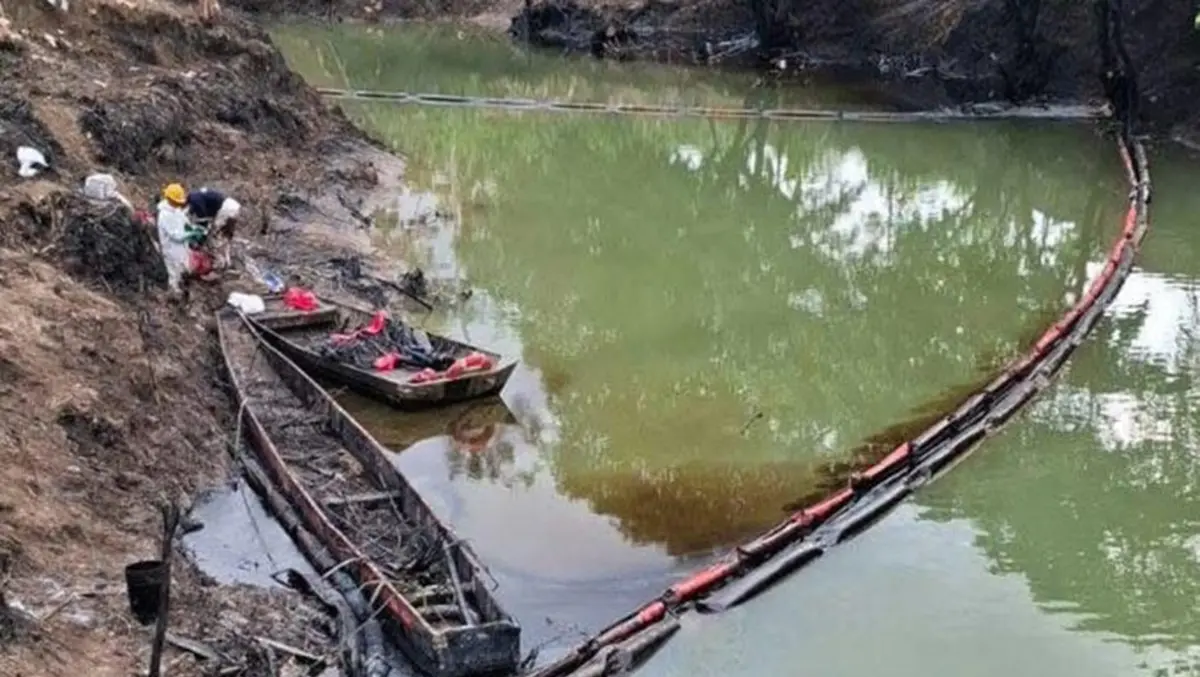Ecuador: Demostrators Reaches 15 Days of Protests Against Archidona’s Jail Construction

Police Efectives confronting demostrators , Photo: @OjoSecoEcuador
December 16, 2024 Hour: 10:19 pm
Today, protests reached Tena, the capital of Napo province, after 15 days of constant protests and nightly vigils.
After 15 days of strikes and blockades, the resistance march against the construction of the maximum-security prison continues to grow, demanding the attention of the country’s president: “the Amazonian peoples and nationalities will fight to the last consequences,” declared the organizations on their social networks.
Related:
Ecuador On Track To Allow a U.S. Military Base in the Galapagos Islands
Inhabitants of Pastaza province joined the strike on Monday morning. Throughout the night, an enraged crowd mobilized with spears and sticks, blocking the Amazonian Trunk Road.
“This action is carried out in support of our sister province of Napo, which has been on strike for 14 days,” reported the Confederation of Indigenous Nationalities of the Ecuadorian Amazon (Confeniae), regarding the mobilization of peoples and nationalities of Pastaza on the Puyo-Macas road.
The protesters warned that Pastaza’s actions will be replicated and that the provinces “will continue to raise their voices.”
On Confeniae’s X account, they declare that the mobilized people of Archidona are exercising popular power and closing the municipality to join a large citizen march that headed towards Tena.
This afternoon, the Waorani Nationality of Ecuador (NAWE), together with its provincial organization of Pastaza (OWAP), officially joined the strike in support of Napo province. The message of the mobilizations is clear: NO to the maximum-security prison in the Amazon.
Previously, the increased deployment of police forces was denounced with the aim of destroying popular mobilizations against the construction of the mega-prisons in Archidona and Santa Elena.
According to indigenous communities, the Archidona prison will cause the loss of ecosystems, educational zones, and at least 90% of the local economy in the area.
Autor: OSG
Fuente: EFE






